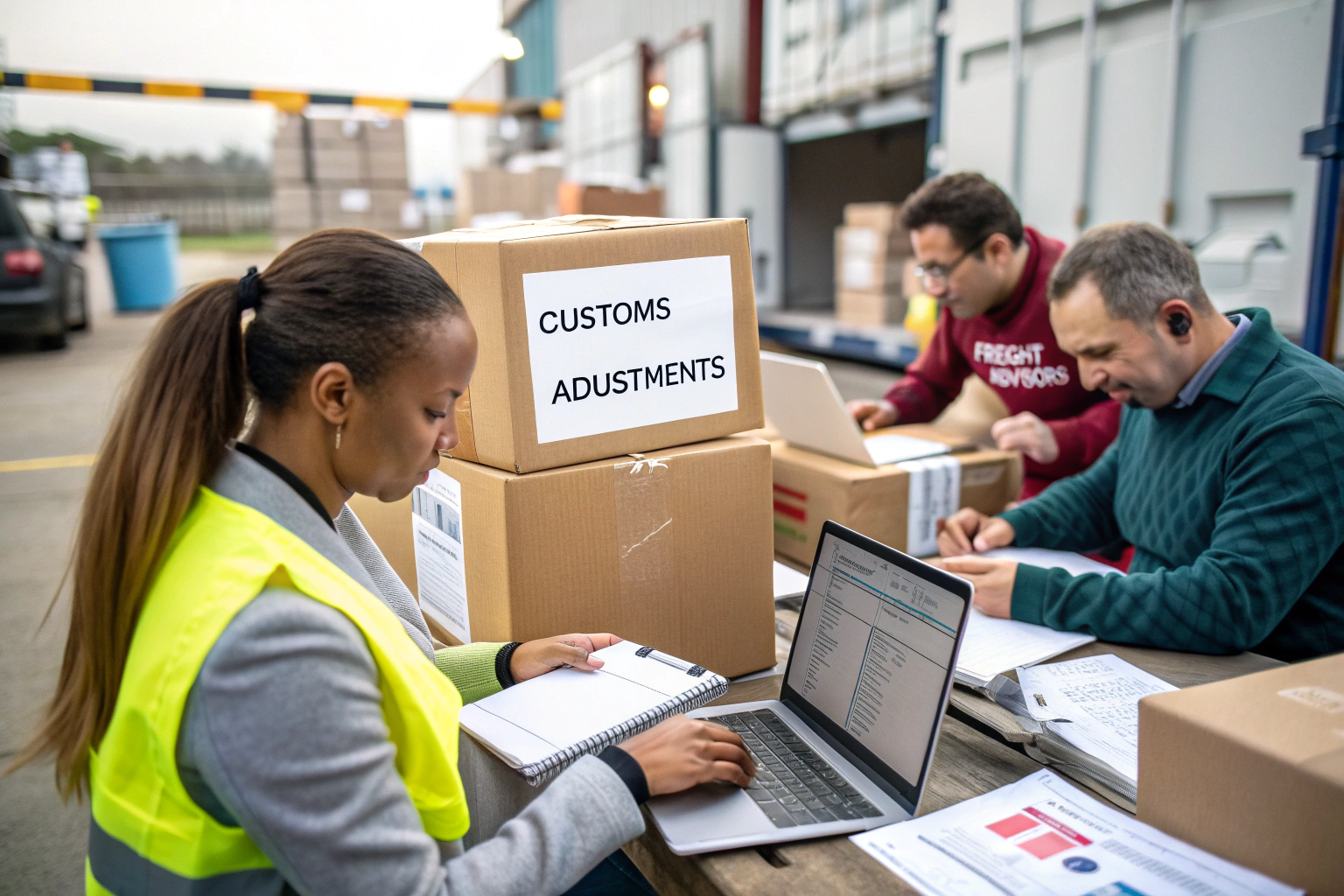If you're running a dropshipping business and sourcing from Asia, sudden tariff hikes can feel like a financial ambush. One moment you're making $5 profit per sale, the next you're losing money due to unexpected duties. And it’s not just the tariffs—customs delays, misdeclared goods, and poor shipping plans can all stack up to hurt your reputation.
Smart shipping isn’t just about faster delivery. It’s about protecting your margins by anticipating costs, adapting routes, and preparing customs documents strategically.
In this article, I’ll share practical shipping strategies every dropshipper needs in a post-tariff-hike economy. Whether you sell on Shopify, WooCommerce, or Amazon, the advice here can help you stay competitive without sacrificing speed or reliability.
Why Are Dropshippers Vulnerable to Tariff Surprises?
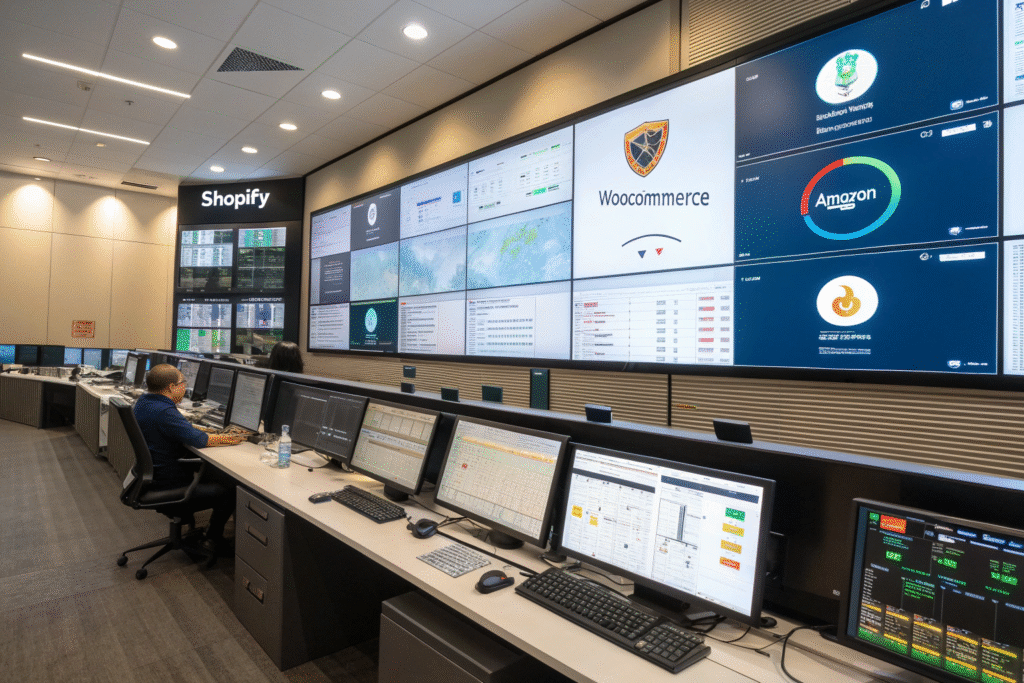
Dropshippers operate with slim margins. That makes you especially vulnerable when tariff rates change without warning. A 10% increase in import duty could wipe out your entire profit on popular low-cost products like accessories, gadgets, or cosmetics.
What’s worse, most dropshipping models offer little control over shipping methods or documentation, which increases the risk of customs rejections.
What Causes Sudden Tariff Surprises?
- Misdeclared HS codes from your supplier
- Changes in trade policies or MFN rates (Most Favored Nation)
- Threshold reductions (e.g., EU’s €0 VAT rule)
- Anti-dumping duties or product-specific sanctions
Keep an eye on U.S. Trade Policy Updates or EU Customs Notices to avoid being blindsided.
Why Low-Value Goods Are No Longer Safe?
Many dropshippers relied on low-value declarations to bypass taxes. But countries like the U.K., Australia, and EU now tax all imports—regardless of price. Platforms like Royal Mail and La Poste digitally enforce this through pre-shipment validation.
That means fake declarations won’t fly anymore—and might get your parcels seized.
How to Calculate Shipping Costs Under New Tariffs?
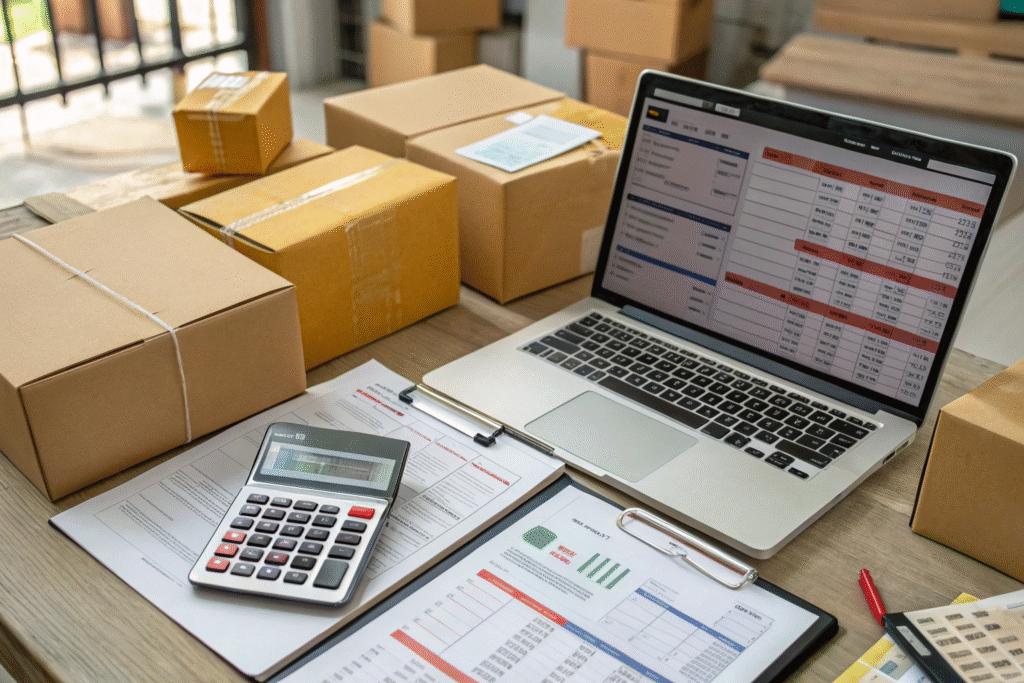
One key to surviving tariff hikes is knowing your real landed cost before you list a product. Many dropshippers price without factoring in customs duties—until it’s too late.
Your landed cost = Product Cost + Shipping + Import Tariff + VAT + Processing Fees.
What Tools Help You Predict Tariff Impact?
Use:
- SimplyDuty for customs duty calculations
- Easyship Rate Calculator for real-time shipping and tax estimates
- Incoterms Guide to understand who pays what (DDU vs. DDP)
At GeeseCargo, we help dropshippers simulate per-country duty scenarios before launching new products—ensuring they price accurately or change source countries if needed.
What Countries Have the Worst Tariff Risk?
Here’s a snapshot (as of 2025):
| Country | Risk Level | Tariff Triggers |
|---|---|---|
| USA | High | Section 301 Tariffs on China |
| EU | Medium | VAT on All Imports |
| UK | Medium | VAT + Customs Fee on £0+ |
| Brazil | High | High Duty on Electronics |
| Canada | Low | Reliable, but slow customs |
Being proactive with this data lets you choose safer target markets—or build tiered pricing for different regions.
What Shipping Methods Work Best Under Tariff Pressure?
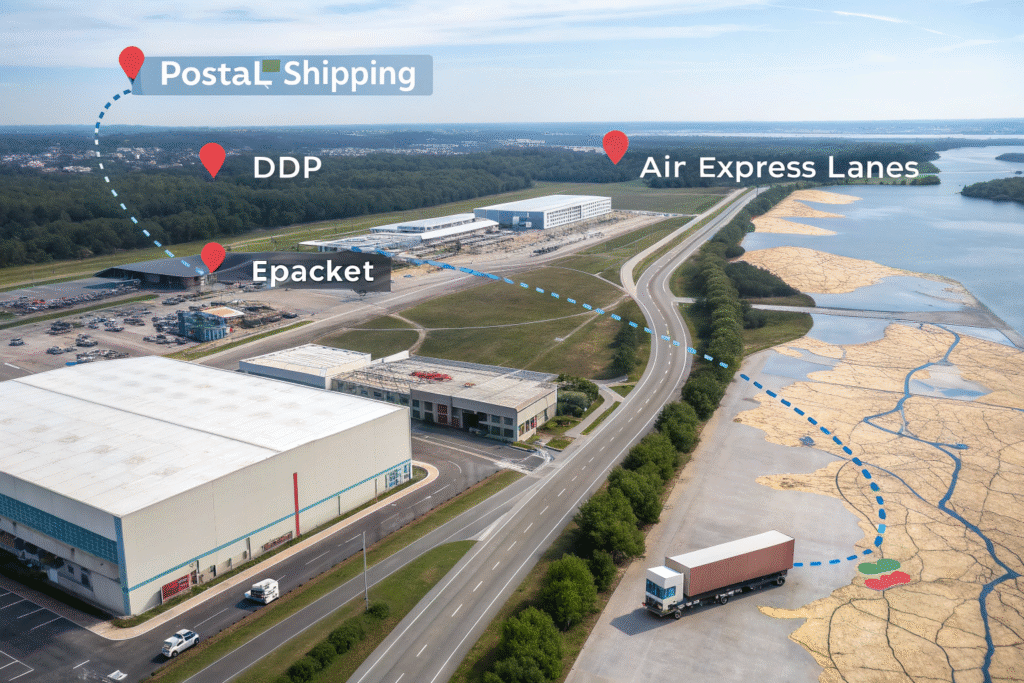
Shipping is no longer just about speed—it’s about regulatory efficiency. Using the wrong method could cost you more in tariffs and delays than it saves in courier fees.
The method you choose determines how customs treats your shipment.
Is DDP Better Than Standard Postal Services?
DDP (Delivered Duty Paid) shipping shifts responsibility to the forwarder. They pre-pay duties and taxes, handle documentation, and ensure smooth clearance. This is critical for sellers shipping to strict regions like the EU or U.S.
Postal options like China Post, 4PX, or YunExpress may be cheaper but come with:
- Weak tracking
- No customs support
- Limited compensation for delays
That’s why many sellers are moving to hybrid methods—DDP for priority markets, postal for test markets.
What About Using Local Fulfillment Warehouses?
Fulfillment-by-GeeseCargo (FBG) lets you bulk ship products to regional warehouses and fulfill orders domestically. This lowers per-unit shipping costs and tariff risk. Plus, you're faster than other dropshippers still waiting on overseas dispatch.
It works well in:
- U.S. (via our LA and NY warehouses)
- EU (Germany and Netherlands hubs)
- Southeast Asia (Singapore & Malaysia)
How Can You Work with Freight Experts to Reduce Tariff Shock?
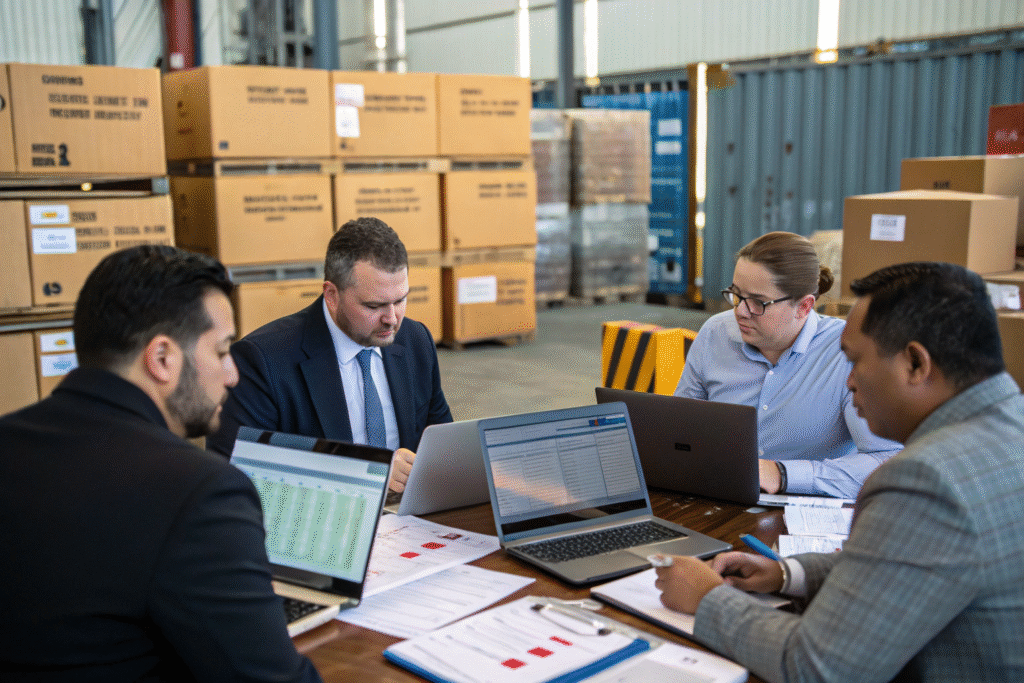
You don’t have to go it alone. Freight forwarders like GeeseCargo can help automate your customs documentation, plan tariff-smart shipping routes, and monitor regulation changes.
Smart sellers outsource customs complexity so they can focus on scaling sales.
What Services Should Your Forwarder Provide?
We offer:
- Free HS code consultation for trending products
- Duty prediction by country and product category
- Consolidation of multi-supplier goods for tariff-efficient batch shipping
- DDP service to 30+ countries with tracked clearance
- Parcel validation before customs entry
We integrate systems like CargoWise and ShipStation to provide real-time visibility and compliance checks.
How to Use Us as Your Dropshipping Backbone?
GeeseCargo works with platforms like AliExpress, CJ Dropshipping, and custom vendors. Just provide supplier addresses, product lists, and destination data—we handle the rest.
With our predictive customs software and global DDP lanes, we can ship your next 10,000 orders without a single tariff surprise.
Conclusion
Tariff hikes are here to stay—and dropshippers who ignore them will pay the price in lost profits, angry customers, and platform penalties. But with the right shipping plan, you can work smarter, not harder.
GeeseCargo helps dropshippers turn complexity into strategy. Whether you're just starting or scaling fast, our customs-ready logistics plans and DDP shipping routes are built to protect your business from surprise costs.
Email Ben Zhu at benzhu@geesecargo.com and let’s build your tariff-proof shipping solution today.
